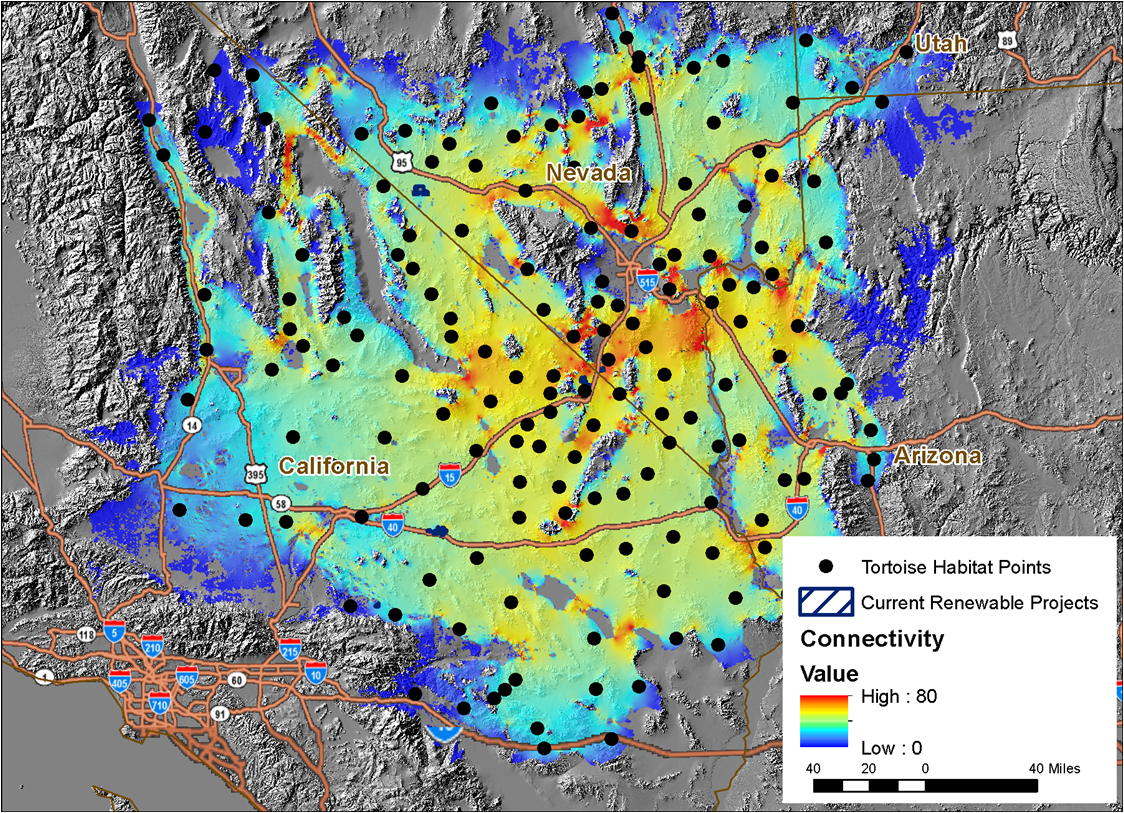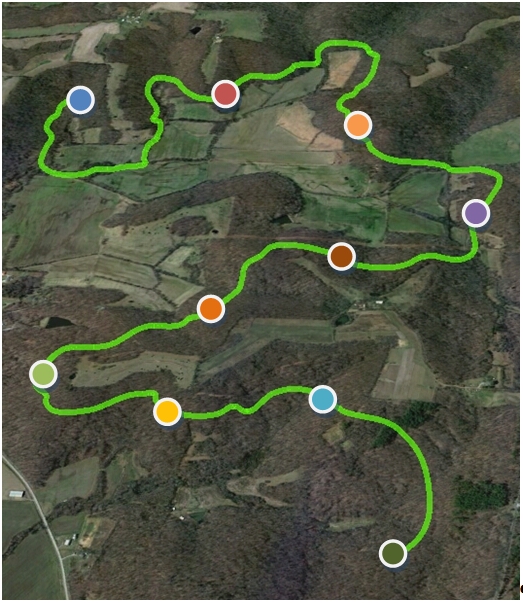Run Model and Validate Results
STEP 8: RUN THE MODEL AND REVIEW AND VALIDATE THE RESULTS; RE-RUN MODELS AS NEEDED
Outcomes or Products
Validated connectivity assessment model results
Prerequisites
STEP 3: Identify species to be assessed
STEP 4: Characterize biology, ecology of species to be assessed
STEP 6: Identify the connectivity modeling tool(s) that will be used
STEP 7: Obtain or build inputs to connectivity modeling tool(s)
Description
Running the model with the inputs you developed will provide an initial set of results. Reviewing and validating your results, and adjusting and re-running the model as needed are critical parts of this step.
Skill Sets or Expertise Needed
- Expertise with geospatial data and GIS software
- Understanding of spatial modeling and its limitations
- Biological or ecological expertise in the species or systems to be assessed
How to Conduct This Step
Run your chosen modeling tool using your data inputs to get an initial set of results. Different tools have different parameters or settings that will need to be determined. Even for experienced modelers, it is always critical when using a new modeling tool to thoroughly utilize the documentation, manuals, tutorials, or other resources for proper use. Novice modelers, depending on their technical experience, will likely need direct assistance from experienced users of the tool or the model developer to properly set up the modeling tool and run it.
Review and validate the results of your initial model run. Typically, the results will indicate that the model parameters or inputs need further refinement; it is rare that the first run of a model adequately represented all of the factors that may affect species movement. However, it is important not to “over-calibrate” a model simply to fit expectations; further consultation with a knowledgeable biologist can help you make adjustments to the model that will best reflect the current understanding of the species’ biology. When utilizing qualitative expert review, it is important to be skeptical about rejecting model results simply because they don’t match expectations—can the expert envision that such connectivity results are possible?
Example of model results from Circuitscape, for desert tortoise habitat connectivity in the Mojave Basin and Range ecoregion

Model Validation
Model validation may range from a basic visual review and comparison with input data to determine whether the results are consistent with what would be expected, to field data collection (e.g., tracking animals tagged with radio transmitters) to determine whether a species is actually using a connection shown in the model results. Because such field studies are often lengthy and expensive, expert review of model results is the most common, albeit qualitative, form of results validation.
Basic Validation
The output is first reviewed in order to understand what the results are showing. Read more...
Additional Validation
If resources permit, additional steps may be taken to do a more rigorous validation of the model. Read more...


